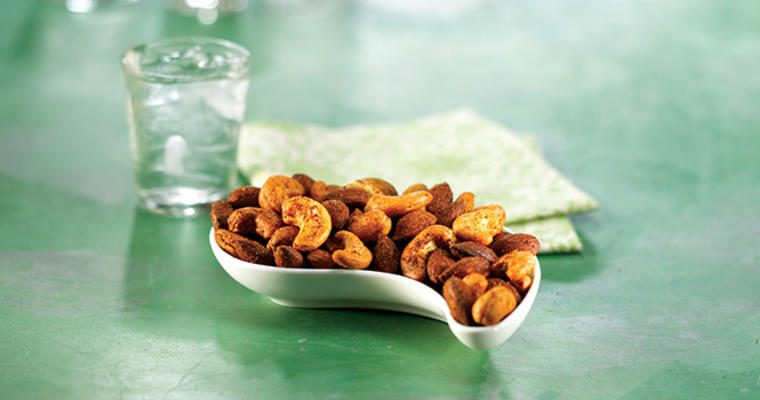What are Tree Nut Allergies?
Tree nut allergies are one of the eight most common food allergies in the United States, often affecting both children and adults. Tree nuts can cause a severe, potentially fatal, allergic reaction and should be treated immediately. The National Institute of Allergy and Infectious Disease (NIAID) reports that approximately one in 90 people in the United States, or 1.1% have either a tree nut and/or a peanut allergy.
Tree Nuts and Peanuts
There’s often confusion between tree nuts and peanuts. Tree nuts include, but are not limited to, pecans, walnuts, almonds, hazelnuts, cashews, pistachios, macadamia nuts and brazil nuts. Peanuts are actually legumes, not nuts. However between 25 and 40 percent of individuals who are allergic to peanuts also react to at least one tree nut.
Tree Nut Allergy Symptoms
An allergic reaction to tree nuts may result in the following symptoms: hives, itching, nasal congestion, nausea, shortness of breath, swelling, vomiting, and anaphylaxis. Anaphylaxis may include all of the symptoms mentioned as well as difficulty breathing and reduced blood pressure.
How To Manage Tree Nut Allergies
As with most food allergies, the best way to avoid triggering an allergic reaction is to avoid eating the offending item. Allergists generally advise people who are allergic to a specific tree nut to avoid all nuts including peanuts because there is a potential risk of cross-contact or cross-contamination. The federal Food Allergen Labeling and Consumer Protection Act (FALCPA) requires tree nuts and peanuts to be listed on the food label. Therefore, reading food labels and ingredient lists is essential to understanding which products contain tree nuts.
Types of Tree Nuts:
- Almond
- Artificial nuts
- Brazil nut
- Beechnut
- Butternut
- Cashew
- Chestnut
- Chinquapin nut
- Filbert/hazelnut
- Gianduja (a chocolate-nut mixture)
- Ginkgo nut
- Hickory nut
- Litchi/lichee/lychee nut
- Macadamia nut
- Marzipan/almond paste
- Nangai nut
- Natural nut extract (e.g., almond, walnut)
- Nut butters (e.g., cashew butter)
- Nut meal
- Nut meat
- Nut milk (e.g., almond milk, cashew milk)
- Nut paste (e.g., almond paste)
- Nut pieces
- Pecan
- Pesto
- Pili nut
- Pine nut (also referred to as Indian, pignoli, pigñolia, pignon, piñon, and pinyon nut)
- Pistachio
- Praline
- Shea nut
- Walnut
Foods with tree nuts:
- Cereals
- Crackers
- Cookies
- Candy
- Chocolates
- Frozen desserts
- Flavored coffee
Potential Unexpected Sources of Tree Nuts:
- Energy bars
- Marinades
- Salads and salad dressing
- Barbeque sauces
- Meat – free burgers
- Cold cuts (Mortadella)
- Pasta
- Honey
- Fish dishes
- Pie crusts
- Alcoholic beverages may contain nut flavoring and are not currently regulated by FALCPA
Are you a Gordon Food Service customer? Log into Gordon Experience to view additional resources, such as food allergen awareness topics and training.
Not a customer? Learn more about our food safety tools and resources.











